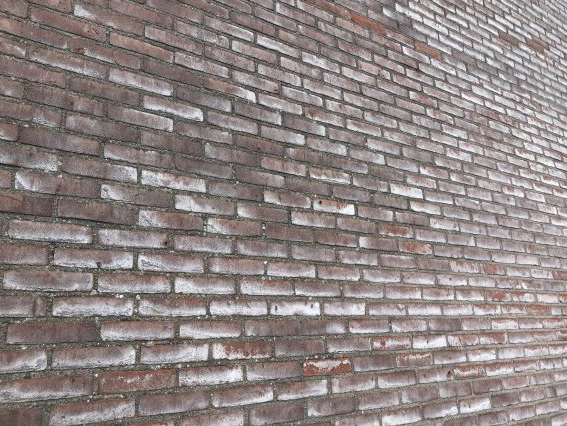Kort samengevat
A hydrofuge is one of the most popular and effective means of waterproofing a façade and protecting it against all types of weather influences. In this article, you can read all about the expertise and products that Reynchemie offers when it comes to hydrofuges.
What is hydrophobing?
The terms”“hydrophobic” and “impregnate”” are often considered synonyms in the field of facade cleaning. In these techniques, a special water repellent layer is applied to a stony façade. The hydrofuge penetrates completely into the pores of the rock and is no longer visible after drying out and polymerization. After the treatment, the treated outer wall will no longer absorb moisture, but the wall can still breathe, so the outer wall will stay in good condition longer and protect the home against outside moisture.
.avif)
Benefits of hydrophobing
✅ Makes the façade water resistant
✅ Makes the façade resistant to all kinds of weather influences: sun, wind, (acid) rain, hail, snow, frost,...
✅ Maintains the vapor permeability of the facade
✅ The moisture management and insulation value of the home are being improved
✅ Inhibits the growth of mosses, algae and fungi
✅ Prevents all types of efflorescence (lime, salt and soot)
✅ Protects the façade for at least 15 years if properly executed
Additional benefits of our RC Hydrocreme 4:
✅ Does not damage glass
✅ Does not stain bluestone
✅ Strong pearl effect
✅ Solvent-free
✅ Easy application, no masking
In its thixotropic form, RC HYDROCREME 4 is ideal for hydrophobing mineral surfaces. It can be easily applied in one go.
.avif)
Can you install a hydrofuge on every façade?
The surface on which a hydrofuge can be applied must be absorbent. Dense or hard materials such as granite or basalt are therefore not suitable for hydrophobation. However, a hydrofuge is very suitable for the treatment of porous, absorbent mineral building materials such as brick, bluestone, plaster, sandstone, tuff, limestone, washed concrete, architectural concrete, etc.
.avif)
How is a hydrofuge applied?
A hydrofuge must not be used on damaged or frost-sensitive facades. Both the bricks and the jointing must therefore be in good condition. If this is not the case, these problems will have to be resolved first.
Depending on the type of hydrofuge, the liquid or cream is applied or sprayed to the outer wall with a block brush or sprayer. In most cases, it is necessary to clean the façade first so that the liquid can penetrate the pores of the rock properly.
The big advantage of RC Hydro Cream 4 is that masking windows and doors is not necessary, because it does not stain glass, aluminum or bluestone. Protecting the racks from possible spraying of the product on nearby cars is also not necessary, as RC Hydro Cream 4 sticks nicely to the treated surface as a cream.
After treating the wall, the hydrofuge needs about a day to fully penetrate the façade. Since the impregnating agent is colourless and is completely absorbed by the rock, hydrophobization does not change the appearance of the façade.

Reynchemie's range and expertise
In addition to RC Hydro Cream 4, Reynchemie also offers hydrofuges in liquid form, solvent-based (for dry surfaces) and water-based (for moist surfaces). Discover all our hydrofuges here.
For more than 30 years, Reynchemie has developed proven expertise in hydrofuges. The efficiency, vapour permeability and durability over time are demonstrated in WTCB reports, which show that our hydrofuges achieve the highest A score. The Reynchemie hydrofuges protect the facade for at least 10 years.
Our technical advisors are also always ready to assist you with word and did through telephone advice or possibly a site visit. Take here contact your regional advisor.





